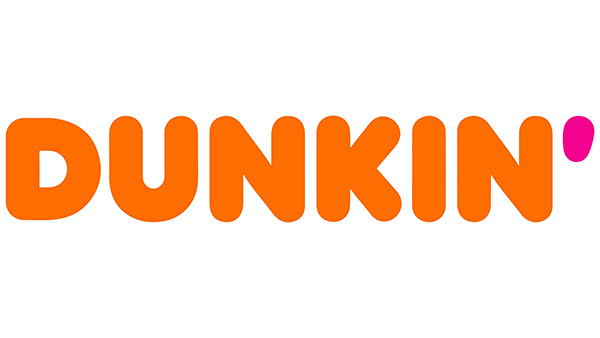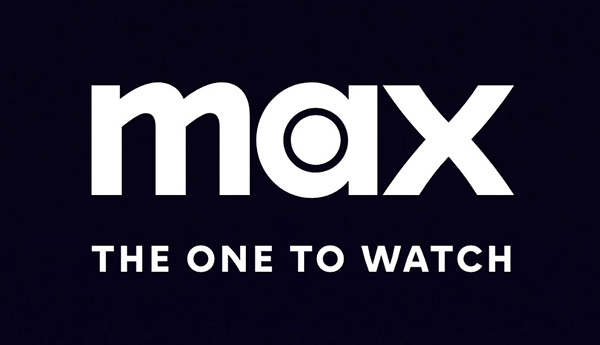Twitter has quickly become the most powerful microblogging tool on the Web and has gained a reputation for breaking news and providing information to millions of users worldwide. Businesses have discovered the immense exposure and resources that Twitter has to offer. Companies utilize Twitter to promote their brand, interact with their targeted audience, track what people are saying about them, promote their organization’s content and create buzz around upcoming events. Business-to-customer and business-to-business interaction are crucial to any organization’s success and Twitter makes both quick and easy. Here are some things you need to know about Twitter:
What is Twitter? — Short posts called “tweets” serve as effective vehicles of communicating what is happening in your organization to others. These updates of 140 characters or less make Twitter compatible with mobile phones and text messaging. While you only have only 140 characters to communicate your message, you can include a link to full articles, websites and more. One important thing to keep in mind about Twitter is that people don’t care about what you’re doing, but rather what you’re thinking, reading or how you can help them. Through your tweets, notify followers of company and industry news, interesting articles or other business highlights.
Twitter Terms — Like many social media sites, Twitter has its own language. Before you create an account, it is best to be familiar with this vocabulary. To “follow” someone is to subscribe to their updates. Likewise, a “follower” is a person who receives your updates. Your “Twitter Handle” is your username. On Twitter, usernames should be as close to your real name, or business name, as possible. Otherwise, your audience will have difficulty finding you. The hashtag (#) is a tool to compile all conversations surrounding an event or theme in one place. You may also use hashtags to indicate a category or something that other people may be tweeting about. For example, after your main content, add #attorney or #italianrestaurant. To send a public message to an individual person, begin your tweet with @USERNAME. For example, your customer’s username is “ChefJoe.” To publicly address him on Twitter, you would tweet, “@ChefJoe Thank you for stopping in our restaurant today! We look forward to seeing you again.” This message will be then sent to all of your followers, as well as ChefJoe, even if he is not a follower. If you want to send a private message to a Twitter user, use the private message option. You can private message any Twitter follower. You may also choose to quickly share what other users are tweeting. If you spot another user’s tweet that you would like to share with your followers, you may choose to “re-tweet” it. Re-tweet, or RT, is to repeat what someone else has already tweeted, allowing your own network to see their post as well.
Get started — Before jumping right in, make sure that you have a feel for how Twitter works. Browse through your competitors’ Twitter profiles and learn how to improve upon their approaches. Once you understand how to use Twitter and are familiar with what each term means, develop a strategy. Determine what you will be using the outlet for and what you would like to communicate to your audience. Once you have a plan in mind, create a primary account based on your name and then another for your business. You may choose to use your personal account to act as a liaison to the public for your company, share your personality and develop more personal relationships with your company’s network. Make sure to fill in all relevant information for your accounts – company website, blog, LinkedIn profile, etc. After you complete your profiles, seek out users that are relevant and share common interests. A tip is to start with your personal contacts and then build followers by promoting your new page. Once you follow someone, their tweets will show up on your newsfeed. Ideally, you want to be followed more than you follow others. While you are building a strong follower base, it is essential to begin tweeting.
Interact — Twitter offers more than a mere one-sided conversation. Although Twitter can be used as an effective public relations channel to share links, press releases and direct followers back to your company’s website, do not make this its sole purpose. Avoid having too many self-promotional tweets. Instead, interact with your audience. Interaction and communication shows your customers that you are interested in what they have to say. Businesses can re-tweet other users’ posts or links that they might find interesting and would like to share with their audience. Address any negative comments, give valuable feedback and help customers solve their problems by tweeting at someone or sending a direct message. Post questions to your audience such as “How can we improve this product?” or “What else would you like to see from our company?” Listen to customer feedback and adapt to their needs.
Link your Twitter and Facebook Fan Page — Linking your fan page and Twitter profile will save you time and effort by sharing status updates, photos or events on both social media outlets simultaneously. To have your fan page updates automatically linked to Twitter, download the Twitter application on Facebook, found here. Every time you publish on your Facebook fan page, the updates will be immediately tweeted. You may also update your Facebook status from Twitter using Selective Tweets, found here. Through Selective Tweets, you can choose which tweets you would like to share on Facebook by simply ending a tweet with #fb whenever you would like to post it as your status. This is a good way to integrate your social media sites and build your Web presence.
Download TweetDeck — Download TweetDeck. You can use this tool to manage your Twitter, Facebook, MySpace, Google Buzz, Foursquare and LinkedIn accounts, all in one convenient place. One benefit of TweetDeck is that it allows you to converse more easily on Twitter. TweetDeck shows you everything you want to see at once, in organized columns — @replies, direct messages, friends, favorites and even customized columns.
Use Twitter Favorites — The Twitter Favorites feature is an excellent marketing tool for businesses. To the left of each tweet in your news stream, there is a star icon. By clicking this star, the tweet will be added to your Favorites tab. As a business, you should favorite all positive tweets or praise your organization has received. These testimonials are a valuable resource in improving your business’ public image. You may send your customers the link to your Favorites page (http://twitter.com/USERNAME/favorites) to display the positive feedback you have received.
Use Twitter Search Engines — Consistently monitor your business through the Twitter search engines, as well as through other monitoring software. This allows you to see what people are saying about you, your organization, products, services and competitors. Once you have spotted relevant tweets, address any praise or complaints by either tweeting at the user or sending them a direct message. Twitter Advanced Search is also a helpful monitoring tool. Once you set up your search, you can save the query as an RSS feed for you to easily monitor updates. You may want to keep track of a trending news story, monitor conversations surrounding your keywords or follow mentions of your business. TweetDeck is also a helpful tool to help you quickly search for what you want and filter out what you don’t.
Watch What You Tweet — Never tweet anything that you wouldn’t want the whole world to see. Despite its casual feel, social networking should be taken seriously. Employees have lost their jobs for posting inappropriate content or photos on social media websites. Once you post something online, it is fair game for the public and damaging content can tarnish your company’s reputation. Remember, when you post on a social media site, you are speaking on your business’ behalf. All content should be positive, accurate and put both you and your organization in a good light.
Measure your progress — Measure your success using free Twitter monitoring websites. For example, TwitterGrader grades your profile based upon your number of followers, power of followers, updates, follower/following ratio and more. Similar sites include TwitterScore, TweetEffect, TwitChamp and Twitterholic. Grade your own profile on these sites and compare your score with that of your competitors’. These programs will provide you with valuable information about where you rank in comparison, where you are successful and what areas need improvement.
Promote Your Twitter Profile — Make it easy for your audience to find your business. The Twitter icon and link should be present on your business’ website, blog, email signature, business cards and in any correspondence with your clients.
Stay active — Constant activity is essential to Twitter. Tweet as much as possible – at least every day. If you don’t devote time to maintaining your business’ Twitter account, there is no point in creating one at all. As with all social media outlets, a fresh stream of strong content is vital to their success. You can update your Twitter feed from any Web browser, mobile phone or instant messaging service. Ideally, businesses should be tweeting at least several times a day. It is also important to have a wide range of tweets, re-tweets and direct conversations with other users.
Visit The Public Relations and Marketing Group’s website for examples of social media performed on behalf of its clients.


